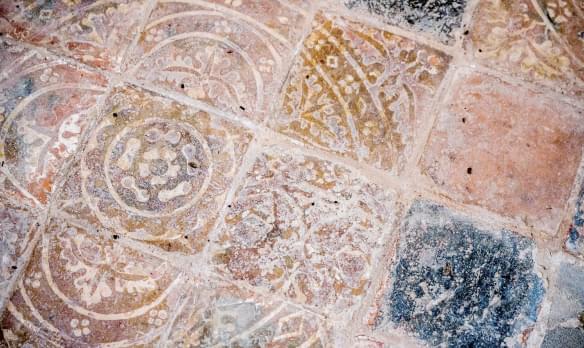
St James
High Melton, Yorkshire | DN5 7SZ
Please visit St James church at High Melton.
Search for a fascinating place to visit, or see the variety of churches, chapels and meeting houses we have supported.

High Melton, Yorkshire | DN5 7SZ
Please visit St James church at High Melton.
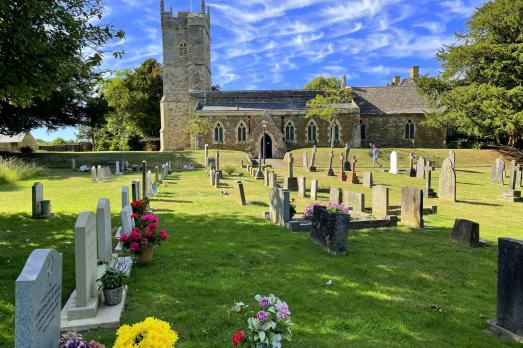
Kingham, Oxfordshire | OX7 6YS
St Andrew's has been at the heart of Kingham since the 12th century and is a beautiful, peaceful church to visit.
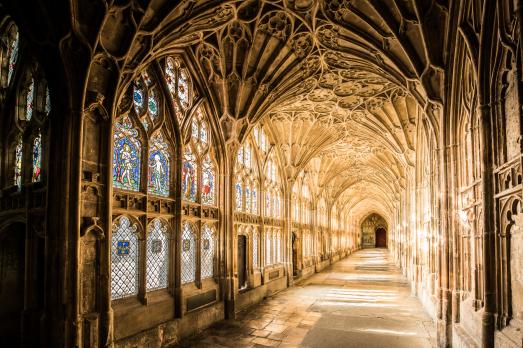
Gloucester, Gloucestershire | GL1 2LX
Gloucester Cathedral has been a place of Christian worship continuously for over 1,300 years: our vision is to seek to be 'in tune with heaven and in touch with daily life'.
Birkby, Yorkshire | HD1 5EA
Built between 1851 and 1853 at a time when the town was rapidly expanding and prosperous, the church is vast, with a magnificent tower with octagonal spire reaching to some 220 feet high, a landmark which can be seen for many miles around.
We have supported this church
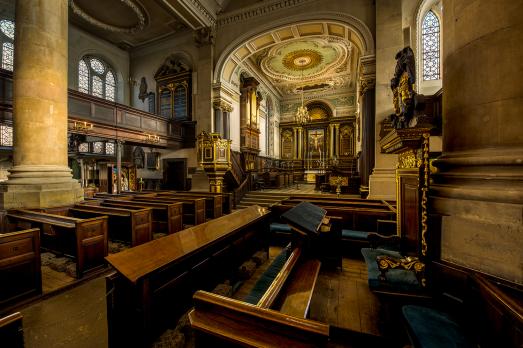
Northampton, Northamptonshire | NN1 1DF
At All Saints you encounter a Wren city church in the provinces, of the highest quality.
We have supported this church
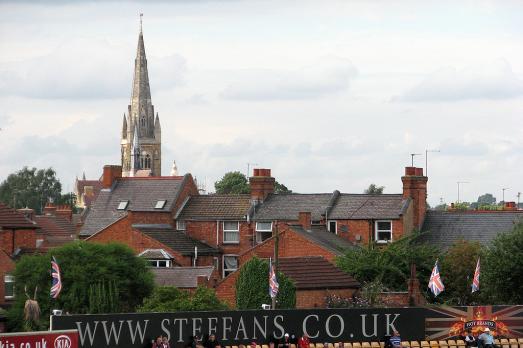
Kingsley, Northamptonshire | NN1 4RY
The creation of this outstanding late Victorian Gothic church was made possible by its patron the local brewer Pickering Phipps, the local architect Matthew Henry Holding and its first incumbent the Revd JR Hussey.
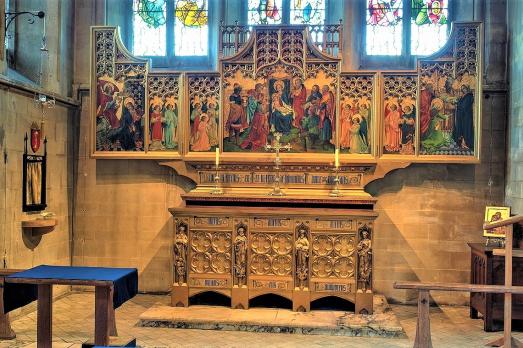
Northampton, Northamptonshire | NN1 4RY
The creation of this outstanding late Victorian gothic church was made possible by its patron the local brewer Pickering Phipps, the local architect Matthew Henry Holding and its first incumbent Revd JR Hussey.
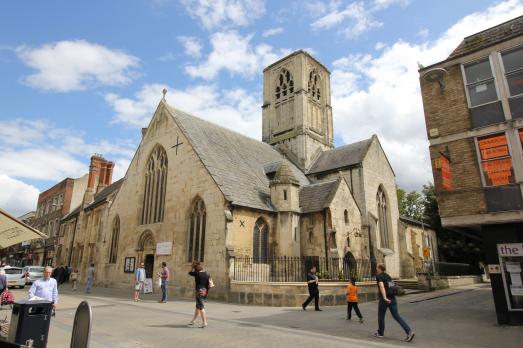
Gloucester, Gloucestershire | GL1 1TP
St Mary de Crypt is a fine late 15th century church situated in the centre of Gloucester.
We have supported this church

Slapton, Northamptonshire | NN12 8PE
The best preserved medieval wall paintings in northamptonshire.
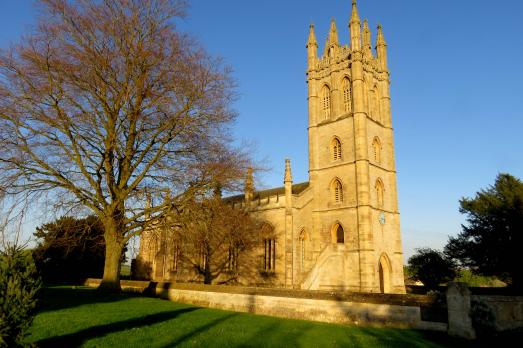
Churchill, Oxfordshire | OX7 6NU
A beautiful church in the Georgian gothic revival style, built in 1837, with a bright interior with clean lines.
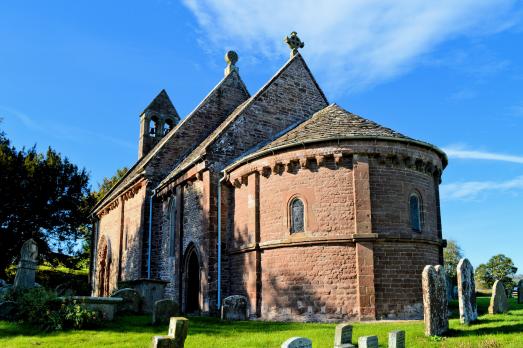
Kilpeck, Herefordshire | HR2 9DN
Kilpeck is a modest village hidden away in west Herefordshire, but its church is world famous for its 12th century sculpture and carving, made by a group of mason/sculptors known as the Herefordshire School.
We have supported this church

Far Cotton, Northamptonshire | NN4 8EZ
St Mary's is a friendly, welcoming church with real people and community roots.